Year in Pixels is a simple and visual way to track your daily moods throughout the year. By coloring a grid where each square represents a day, you can see emotional patterns and trends over time. Here’s why it works and how to start:
This tool helps you gain clarity on your emotions and make positive changes based on what you learn.
Setting up a Year in Pixels spread is a straightforward way to track your mood throughout the year, combining a simple design with practical planning.
Grab a dot grid journal, a ruler, a black pen, and some colored markers or pens for tracking. If you’d like to add a personal touch, stickers or other decorative elements can make your spread more fun.
Start by drawing a table with 12 columns for the months and up to 31 rows for the days. Leave some space at the top for your title and a mood key [2]. This grid will serve as the base for your Year in Pixels tracker.
Once the grid is done, it’s time to assign colors to represent your moods.
Pick 4-5 moods to track and assign each one a color that feels intuitive [1]:
When picking colors for your mood tracker, keep these tips in mind:
Adding "Year in Pixels" to your daily habits can help you stay consistent. Pair mood tracking with an activity you already do regularly to make it easier to stick with.
Here are some tips to keep the habit going:
You can log your mood in the morning for a fresh start, during the afternoon to capture in-the-moment feelings, or at night to reflect on the entire day. For days when emotions are mixed, use a diagonal split to represent two moods [1][2]. If you miss a day, don’t stress – think about what caused the lapse and tweak your routine as needed. Remember, staying consistent – even if it’s not perfect – will still give you meaningful insights over time.
Building this habit not only keeps you consistent but also helps you understand your emotional patterns better. Over time, you’ll start to see trends in your moods, offering useful insights into your emotional well-being.
Your Year in Pixels spread provides a snapshot of your emotional journey over time. When reviewing your grid, pay attention to:
For instance, you might notice calm, blue squares dominating weekends, while colors associated with stress cluster around deadlines. These patterns can reveal how your environment or schedule impacts your emotions.
Take time each month to review your grid and connect mood patterns to key events or circumstances. This adds context to your color data, helping you pinpoint triggers or sources of positivity.
Once you’ve identified these patterns, you can use them to make meaningful changes.
Turn your Year in Pixels data into practical steps for improving your emotional well-being. Here’s how to approach it:
| Pattern Type | What to Look For | Action Steps |
|---|---|---|
| Positive Trends | Groups of happy or calm colors | Recreate the conditions that led to these moods. |
| Stress Indicators | Clusters of stress or anxiety colors | Develop strategies to handle similar situations. |
| Seasonal Changes | Moods tied to specific seasons | Plan self-care routines to address these shifts. |
| Weekly Cycles | Patterns on certain days | Adjust your schedule to better support balance. |
Think of challenging patterns as opportunities to improve rather than setbacks. For instance, if Mondays consistently show stress indicators, you could:
Over time, seeing more positive colors in previously stressful situations can reflect your personal progress. Use these insights to build healthier habits and refine how you handle challenges.
Want to make your Year in Pixels stand out? Try experimenting with different layouts to give it a fresh look. Here are a few ideas to consider:
Once you’ve picked a layout, think about adding more depth by tracking other aspects of your daily life.
Take your Year in Pixels to the next level by using it to monitor more than just moods. Keep it simple by focusing on up to three additional aspects. Here’s how you can do it:
| Aspect to Track | How to Track | Visual Representation |
|---|---|---|
| Energy Levels | Use color gradients | Lighter or darker shades of colors |
| Physical Health | Add small symbols | Tiny icons inside each pixel |
| Productivity | Apply patterns | Dots, stripes, or other overlays |
| Sleep Quality | Change border styles | Vary pixel borders for clarity |
Want to make your tracker even more personal? Stickers can be a fun way to add both style and functionality.

Dark Moon Paper offers stickers that can perfectly complement your Year in Pixels. Their ‘Lilac Dusk‘ and ‘Winter Hygge‘ collections are great for adding a polished touch to your spread.
Here are some creative ways to use them:
Let your Year in Pixels reflect not just your moods, but your style and personality too!
The Year in Pixels approach is an engaging way to visually track your emotions. Using just a journal and some colored pens, you can create a colorful map of your emotional ups and downs, helping you spot patterns over time [1][2].
This method is easy to set up and doesn’t take much time, yet it provides clear insights into your emotional well-being [2][3]. By sticking with it, you can gain a better understanding of your feelings and daily experiences [1].
If you’re ready to give it a try, here’s how to start your own Year in Pixels.
To make this practice part of your routine, consider these tips:
The Year in Pixels isn’t just about tracking emotions – it’s about telling a visual story of your growth and using that as a guide for future decisions [2]. Each pixel represents a moment in your journey, helping you uncover patterns that can lead to self-improvement [1][2].
Whether you keep it simple or add your personal flair, the goal is to make it fit your needs. Your Year in Pixels should feel like a tool that supports your emotional awareness and self-reflection [1][2].
A Year in Pixels is a visual way to track your daily moods throughout the year. It uses a grid where each square represents a single day, and you color-code it based on how you felt that day. You can keep it simple with a few mood options or customize it with a broader range of emotions [1] [2].
Though it’s primarily used for mood tracking, you can also use it to keep tabs on other aspects of your daily life, such as:
You can tailor the system to focus on what matters most to you [1] [3].
The layout is a grid that spans the entire year, with each square representing one day. You fill in the squares with colors to reflect your mood or any other metric you’re tracking [2] [3]. Over time, this grid gives you a clear picture of patterns and trends.
These answers should help you get started with your own Year in Pixels tracker. Happy tracking!
Stickers Made for Planning
Our custom stickers are a fuss-free way to brighten up your planner pages with perfectly-sized designs that add a spark of personality to every layout.
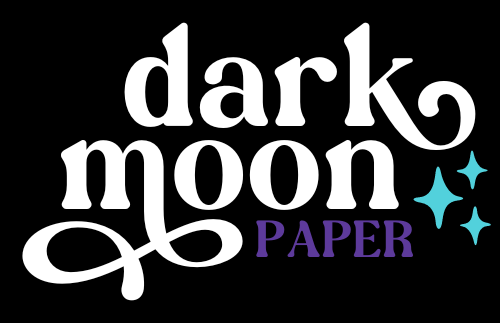
Why use planner stickers?
Planner stickers make organizing easy, fun, and personal! Add color, creativity, and structure to every page, transforming your planner into a tool that reflects you. Perfect for tracking, decorating, and staying inspired daily!
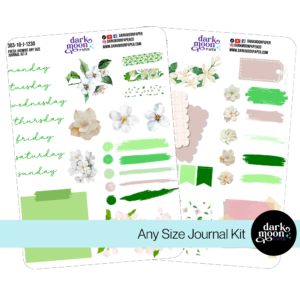
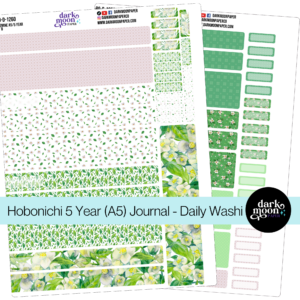
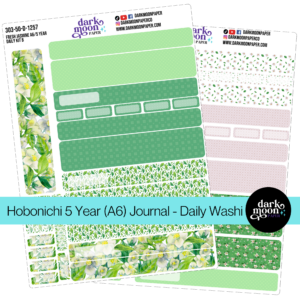
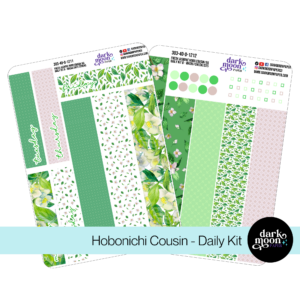
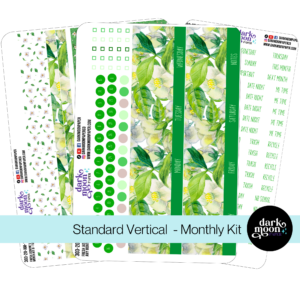
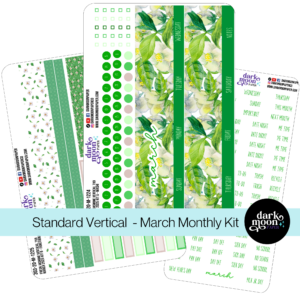
Hello and welcome!
I’m Rachael Snow, a lifelong artist and entrepreneur, and I started Dark Moon Paper to blend my love of art, technology, and the mysterious beauty of the world around us. My sticker kits are meant to set the mood, tell a story, and give you a little escape from the ordinary.
I work from my cozy studio tucked away in the beautiful woods of Oregon, surrounded by nature and a dark night sky full of stars.